**Hong Kong’s Web3 Policy and Ecological Evolution**
The global Web3 community is now focusing on Hong Kong. The industry’s flagship event, Consensus, made its debut in Hong Kong this week, drawing over ten thousand professionals to the convention center, reigniting the crypto fervor along the banks of the harbor.
The Consensus conference in Hong Kong serves not only as a showcase for global Web3 innovation but also as a milestone for Hong Kong’s Web3 strategy. Since the release of the “Policy Declaration on the Development of Virtual Assets in Hong Kong” in October 2022, Hong Kong has been accelerating the construction of a bridge connecting traditional finance with the world of crypto, adopting a strategy of “regulation first, ecosystem in parallel,” making it an indispensable part of the global Web3 landscape.
As an industry observer, OKG Research has been tracking the development of Hong Kong’s Web3 policies since 2022, focusing on ecological and technological innovations. We have produced over 30 in-depth articles on hot topics such as VASP, stablecoins, and RWA tokenization, and have established column content collaborations with mainstream media in Hong Kong, including Sing Tao Group and Ta Kung Wen Wei Media Group, continuously providing industry insights.
Taking the Consensus conference as an opportunity, we have systematically outlined the core context of Hong Kong’s Web3 ecosystem and launched the “HK Web3 Frontline” special report, hoping to give more people a comprehensive understanding of the evolution of Hong Kong’s Web3 ecology.
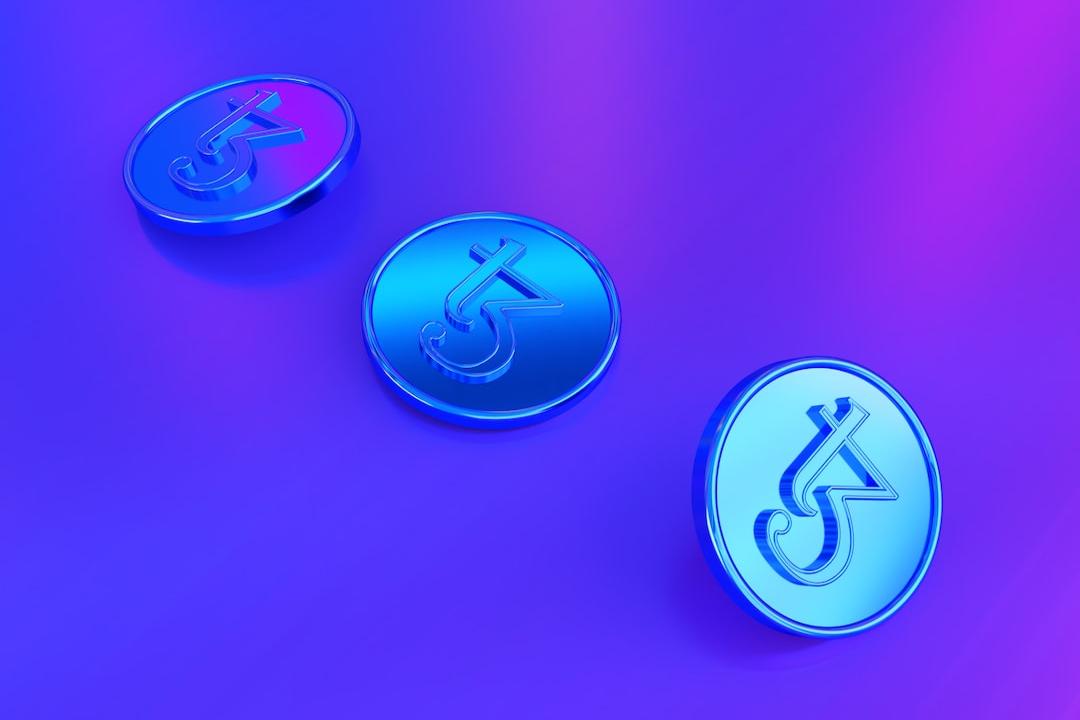
**I. Regulation First: An Orderly Exploration of Web3 Compliance Boundaries**
If we compare the Hong Kong Web3 ecosystem to a building, a reliable and adaptable regulatory framework is its foundation. Since the policy declaration was issued at the end of 2022, Hong Kong has continuously reviewed and improved its regulatory systems to promote the autonomous evolution of the virtual asset ecosystem within safe and compliant boundaries.
By establishing a comprehensive regulatory framework covering virtual asset exchanges, stablecoin issuers, custodial service providers, and over-the-counter trading activities, Hong Kong has paved the way for value interchange and long-term innovation in financial markets.
These measures have not only enhanced the credibility of Hong Kong’s virtual asset market but have also continuously attracted capital and enterprises. As of the end of 2024, nearly 300 Web3 companies are already gathered in Hong Kong’s Cyberport, with total financing exceeding 400 million Hong Kong dollars.
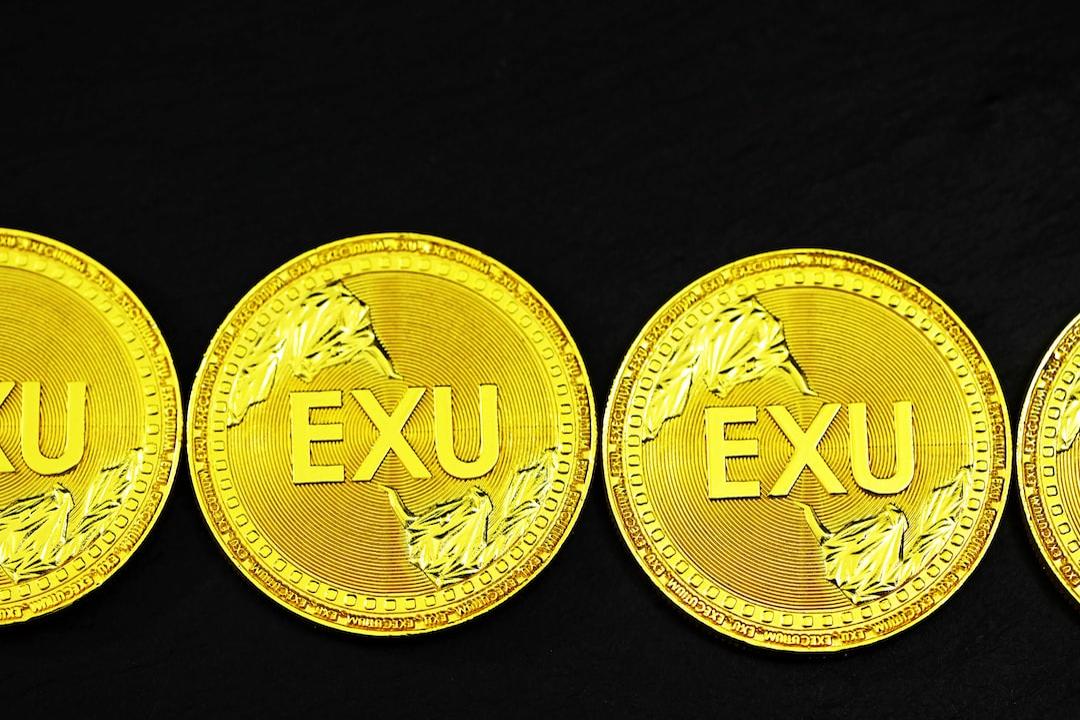
However, the global Web3 landscape has undergone significant changes in the past two years. With Trump returning to the White House, the regulatory environment for crypto in the U.S. has noticeably improved, moving away from the high-pressure punitive regulatory model that persisted for years. Regions such as Singapore and Dubai are also continuously sending out crypto-friendly signals.
As the narrative of “the East rising while the West declines” fades, and the global competition in Web3 intensifies, how should Hong Kong seize this wave of innovation?
OKG Research has previously suggested that Hong Kong’s development of Web3 and virtual assets should not only be theoretical but also pragmatic: the Hong Kong government is focused on technological and application innovations that can have a substantial impact on the economy and society. During her speech at the Consensus conference, Margaret Yang, CEO of the Hong Kong Securities and Futures Commission, expressed a similar viewpoint, stating, “The second trend shaping the future financial landscape is integrating Web3 innovation into the real economy.”
At the same time, despite the crypto asset market accounting for less than 1% of the global financial system, its rapid expansion and increasing correlation with mainstream financial assets have made its risks impossible to ignore. In the past, Hong Kong and the U.S. may have seemed to diverge at many points in time, but in reality, they share a common goal: to maintain innovative activities while guarding against the potential financial risks posed by this new category of assets.
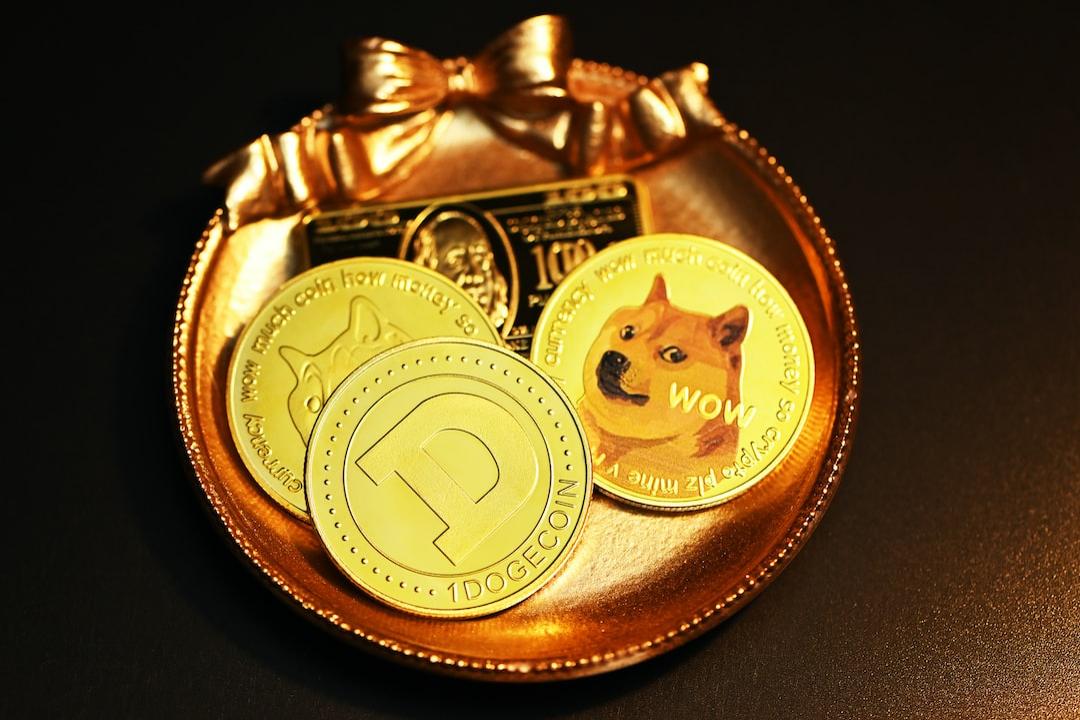
**II. Hong Kong Dollar Stablecoin: Hong Kong’s Financial Ambition**
Stablecoins have been a hot topic at the Consensus conference and remain a key area of focus and investment for Hong Kong over the past two years. Recent reports indicate that Standard Chartered Hong Kong, ANX Group, and Hong Kong Telecommunications are establishing a joint venture aimed at applying for a license from the Hong Kong Monetary Authority under the new regulatory framework to issue a stablecoin pegged to the Hong Kong dollar. The issuer of USDC, Circle, has also announced a collaboration with Hong Kong’s three major note-issuing banks to launch HKDCoin, pegged 1:1 to the Hong Kong dollar.
While it is uncertain how much of the market share the Hong Kong dollar stablecoin can capture in an environment dominated by the U.S. dollar stablecoin, for Hong Kong, developing a Hong Kong dollar stablecoin is an inevitable choice to seize the initiative in Web3 development and to capture future financial opportunities.
The connection channel with fiat currencies is currently one of the most valuable and easily realizable scenarios in the crypto ecosystem, and stablecoins are essential infrastructure for building this channel. Moreover, the next stage of Hong Kong’s Web3 development will focus on breaking the barriers between the virtual and real worlds, with stablecoins serving as a core link connecting traditional finance with the crypto world, potentially becoming a widely accepted payment tool.
However, how should the Hong Kong dollar stablecoin be issued? How should Hong Kong regulate it? Which institutions will be the first to “take the plunge”? The article “Seven Questions on Hong Kong Dollar Stablecoin: Issuance Logic, Regulatory Rules, and Potential Impact” provides answers and suggests that stablecoins not backed by U.S. dollar assets will not be able to compete with U.S. dollar stablecoins in the short term, but through mechanisms innovation (such as interest-bearing stablecoins) and application innovation (such as RWA), the Hong Kong dollar stablecoin is expected to avoid direct competition with U.S. dollar stablecoins, thus attracting a more diverse range of institutions and users to participate.
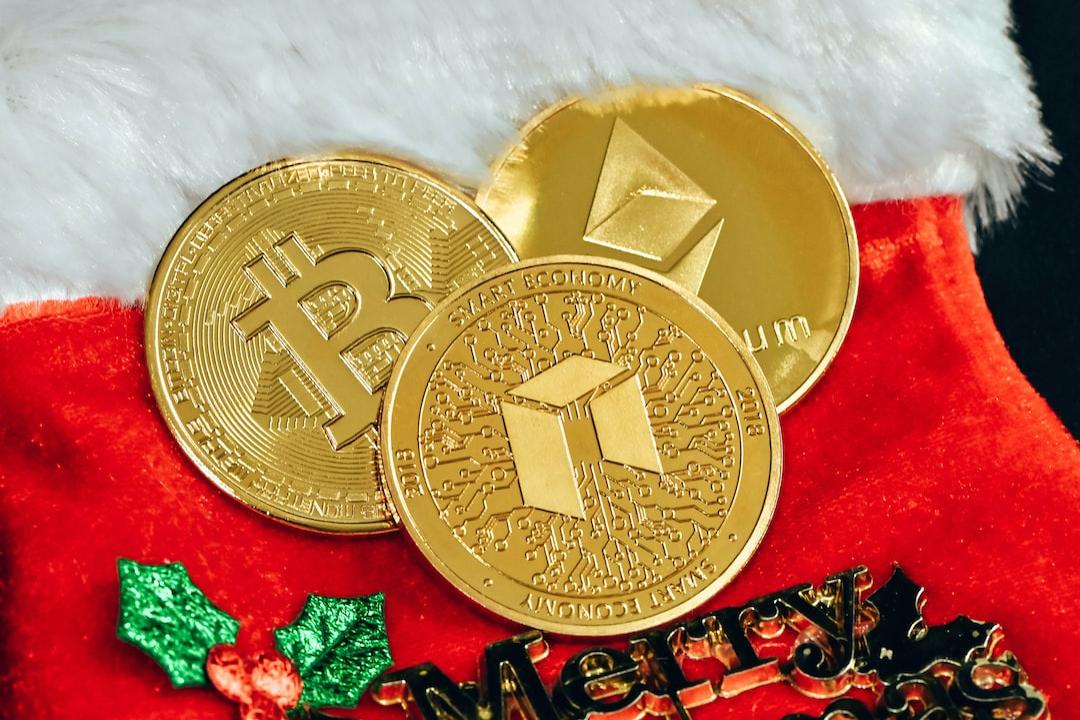
Of course, we must also distinguish between the Hong Kong dollar stablecoin and the digital Hong Kong dollar. Although there may be potential competition between the digital Hong Kong dollar and the Hong Kong dollar stablecoin in the short term, they are expected to achieve resource sharing and complementary advantages in the future. The utilization rate, scalability, and friendliness of the Hong Kong dollar stablecoin in the virtual asset market will surpass that of the digital Hong Kong dollar, while the digital Hong Kong dollar will lead in value support and reliability.
**III. RWA Tokenization: From Concept to a Billion-Dollar Market Split**
RWA (Real World Assets) is undoubtedly the hottest concept at this year’s Consensus. “RWA tokenization is not a trend, but an inevitability,” asserted John Cahill, head of digital assets at Morgan Stanley, at the “Institutional Investor Summit,” revealing the strategic shift among traditional financial giants.
OKG Research proposed in 2023 that RWA is an important area for Hong Kong to focus on in the long term, emphasizing that tokenizing the vast traditional assets presents the biggest development opportunity for Hong Kong’s virtual asset industry.
Currently, Hong Kong is actively embracing the wave of RWA tokenization. The 2024 Policy Address proposed promoting RWA tokenization and digital currency ecosystem construction, while the Hong Kong Monetary Authority launched the “Digital Bond Financing Scheme” to encourage the capital market to adopt tokenization technology. During the Consensus conference, the Secretary for Financial Services and the Treasury, Christopher Hui, also stated that Hong Kong is considering promoting gold tokenization.
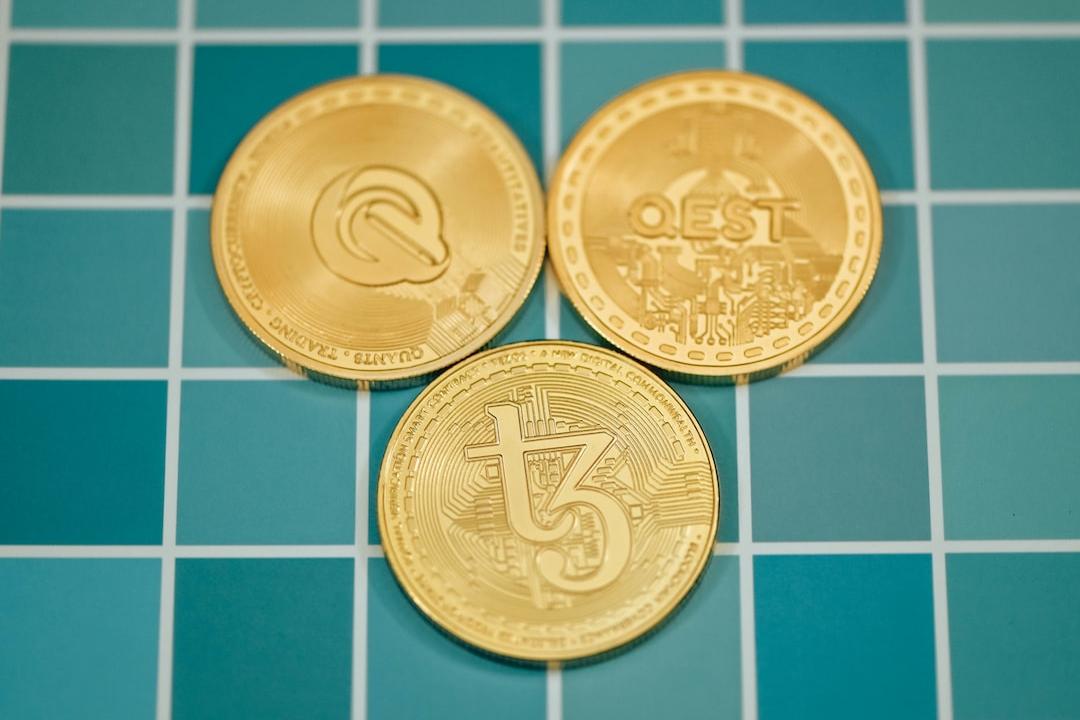
However, the current narrative on tokenization is primarily driven not by Web3, but by Web2 institutions, depending on whether they have enough motivation to change the status quo by bringing their assets on-chain and tokenizing them. This is not easy for traditional institutions: any new technology attempting to migrate traditional assets/businesses to new domains often struggles to succeed quickly, as the incremental value it creates may not be substantial enough, while the costs tend to be high. The same applies to RWA.
As Wall Street in the U.S. accelerates its layout in the tokenization market, Hong Kong urgently needs more resource-rich and asset-rich institutions to actively engage in tokenization innovation to occupy more initiative during this transformation, thus avoiding being quickly outpaced in competition with the U.S. How to stimulate market vitality remains an important question.
**IV. ETF and OTC: The “Light and Dark Duel” of Funding Channels**
Another key initiative for the development of Web3 in Hong Kong in 2024 is the launch of virtual asset spot ETFs. From the explicit acceptance of relevant applications at the end of 2023 to the formal listing of six approved virtual asset spot ETFs on the Hong Kong Stock Exchange by the end of April, the timeline of just over a hundred days reflects the “speed” and “efficiency” of Hong Kong’s regulatory authorities.
The introduction of virtual asset spot ETFs opens up another funding channel for a wide range of investors to allocate capital in crypto assets. By the end of 2024, the total asset management scale of Bitcoin spot ETFs in Hong Kong has exceeded 3 billion Hong Kong dollars, accounting for 0.66% of the total ETF market in Hong Kong.
Compared to the U.S., a major advantage of Hong Kong’s virtual asset spot ETFs lies in supporting physical redemptions and being the first to launch Ethereum spot ETFs, but this has not resulted in sustained incremental growth. Despite physical subscriptions accounting for over 50% of the initial issuance scale, the macroeconomic outlook has led Bitcoin holders to be reluctant to easily release liquidity, while the Ethereum spot ETF’s lack of staking support has dampened investor enthusiasm.
Currently, the yield from Ethereum staking is about 3%, but from both narrative and economic perspectives, the additional returns from staking are likely to be a crucial factor in attracting investors, particularly traditional financial investors, and are a major distinguishing feature between Bitcoin and Ethereum.
In addition to the ETF channel, Hong Kong has gradually formed a three-tier funding network of “licensed exchanges-compliant OTC-banks.” OKG Research stated in “How Can Hong Kong’s Crypto Market Improve Liquidity?” that the current focus of liquidity is in the OTC market.
While trading platforms remain the most critical infrastructure in the crypto market, recent trends indicate that crypto liquidity is gradually converging on the OTC (over-the-counter) market. Currently, the OTC market in Hong Kong processes transaction volumes close to 10 billion USD annually. Additionally, benefiting from the unique physical presence of crypto exchange shops, it not only attracts young investors globally but is also appealing to middle-aged and older participants.
In recent years, the Hong Kong OTC market has attracted attention from numerous users and institutions in international trade and cross-border payment sectors, becoming another important channel for gathering global capital in Hong Kong.
The Hong Kong government is considering bringing OTC trading under regulatory oversight. While this may impact trading activity in the short term, in the long run, it can help Hong Kong attract more compliant capital inflows and increase another channel for the free flow of funds beyond licensed VATPs. Perhaps in the near future, a safe and compliant OTC market can not only help improve liquidity in the Hong Kong market but also serve as an essential channel connecting the crypto market and Web3 ecology with the real liquidity market.
Under the spotlight of Consensus 2025, Hong Kong has proven itself not only as a policy innovator but also as an ecosystem builder. While regulation can be designed and technology can iterate, only a profound respect for market laws can serve as the ultimate weapon for navigating through cycles.
This article is collaboratively reprinted from: OKG Research

